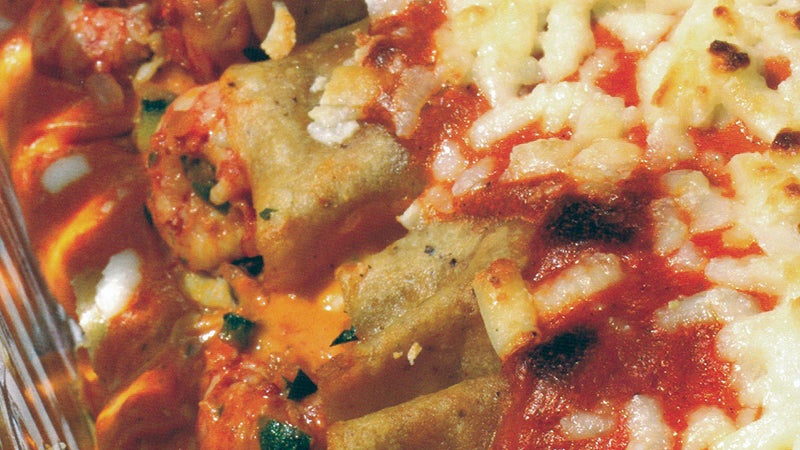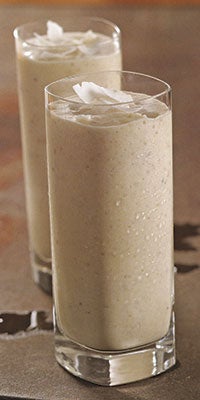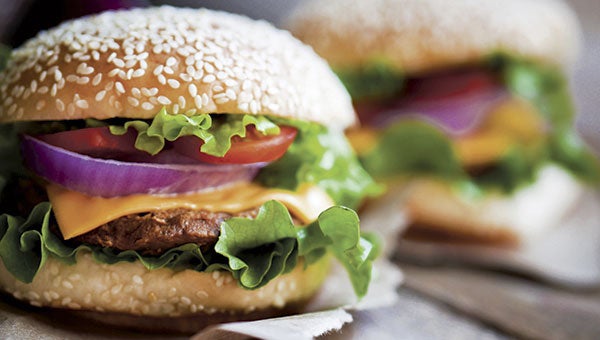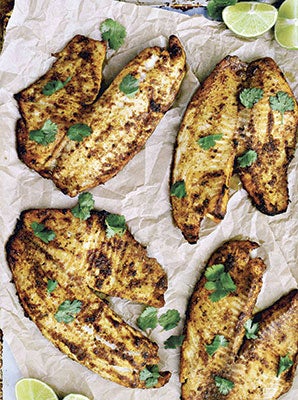Journey overseas a delight of sound, taste
Published 12:00 am Saturday, February 23, 2013
The next leg of our journey took us to Cambodia, specifically Siem Reap (see-em ree-ep). Ankor was unknown to the West until French naturalist Henri Mouhot stumbled onto it in 1861. Siem Reap was the place to be in Southeast Asia in the 1960s. It saw a steady stream of the rich and famous (Jacqueline Kennedy). After three decades of slumber, it is well and truly back as one of the most popular destinations on the planet. We can attest to this because there were thousands of tourists at the temples of Angkor, mainly Chinese, Japanese, Europeans and Russians. Not many Americans, though.
The life-support system for the temples of Angkor, Cambodia’s eighth wonder of the world, Siem Reap was always destined for great things, but few people saw it coming this fast. It has reinvented itself as the epicenter of the new Cambodia with more guesthouses and hotels than temples, as well as world-class dining and sumptuous spas.
Siem Reap is a charming town with old-French colonial shop-houses, shady, tree-lined boulevards and a slow-flowing river. But the tourist tide has arrived and locals are riding the wave. This is great news for the long-suffering Khmers, but it has transformed the town into a pulsating place for visitors. A few of the locals we talked to said that business was good in January and February and then things slacked off because of the heat. We saw so many outstanding hotels and wondered how they could be filled year round.
Angkor Wat is the mother of all temples. You could almost say, welcome to heaven on earth. Angkor is the earthly representation of Mt. Meru, the Mt. Olympus of the Hindu faith and the abode of ancient gods. The Cambodian god-king of old strove to better their ancestors in the size, scale and symmetry of their temples, culminating in the world’s largest religious building, Angkor Wat, dating from the 12th century. The hundreds of temples surviving today are but the sacred skeleton of the vast political, religious and social center of Cambodia’s ancient Khmer empire, a city that, at its zenith, boasted a population of 1 million when London was a scrawny town of 50,000. The houses, public buildings and palaces of Angkor were constructed of wood—-now long decayed—-because the right to dwell in structures of brick or stone was reserved for the gods.
These temples are the heart and soul of Cambodia. The temples of Angkor are a source of inspiration and national pride to all Khmers as they struggle to rebuild their lives after years of terror and trauma.
The temples are up there with the Great Wall of China and the Taj Mahal, and I can say that after several days of flying they were worth it – a must see on your bucket list.
We decided to do a cooking class in Angkor. We chose the first cooking school in Siem Reap since 2003. It was called Le Tigre de Papier’s Cooking School. We took a little tuk-tuk down into the old market and found the school/restaurant. We got to choose two things from the menu that we wanted to cook and then we went into the market to find some of the ingredients. The teacher was rather casual about everything, but I found it strange that I chose a beef dish and ended up cooking a chicken dish. No beef, I was finally told. My husband (I thought he needed to participate also) chose spring rolls and amok chicken. Now amok chicken is a traditional Khmer dish and it is tasty, but uses too much coconut for me, but my husband loved it. I chose a banana flower salad for one of my things to cook because I really like this salad and had tasted it at another restaurant. The real problem for this salad is finding a banana flower, but you can grow bananas around here and can eventually secure yourself a banana flower. The cooking class was exhausting I must say. We had to chop everything really, really small and then pound the ingredients to make a paste. We were too tired to eat the meal!! But it was a lovely experience actually, and for $13 per person, I would say I had quite a meal and a memorable Khmer cooking class.
BANANA FLOWER SALAD
Serves 2
Banana flower (½ pieces clean)
1 small carrot (1/2 peeled and grated)
Some sweet basil (handful)
Lemon juice (2 tablespoons)
Sugar (1/2 teaspoon)
Salt (a pinch)
Sweet chili (1/2 piece)
Peanuts (3 tablespoons)
Chicken powder (1/2 teaspoon chicken bouillon powder or cube)
Cilantro (handful)
Dressing:
Shallot (1 chopped)
Garlic (2 cloves chopped)
Ginger root (1/2 inch chopped)
Sweet chili (1/2 chopped)
1 ladle of water
Sugar (1 tablespoon)
Chicken powder (1 tablespoon chicken bouillon powder or cube)
How to do: Clean and slice banana flower into cool water that has lime or lemon juice squeezed into the water. Squeeze banana of all water and add carrots, basil, lemon juice, sugar, salt, chili, chicken powder and cilantro. Mix dressing ingredients and add to banana mixture. Put peanuts on top. Very delicious and a pretty presentation! We also learned how to create the carrot and pepper flowers for the decoration.





